The Enemy of Average! Wild Surfwear- USA Made / Christian Franzen
Add some descriptive text to your Blog page.
We are so excited and honored to have created this collection with one of Mowgli's favorite artists Chris Uphues!!! With his pop style and eye for magic these pieces are sure to set you apart!! Make sure to act fast because STOCK IS LIMITED!!!!

By Christian Franzen
This past weekend I went out to Palm Springs to see Mirage by Doug Aiken. Unfortunately, upon my arrival I found out that it was closed temporarily due to permit issues with the city. Finding myself in Palm Springs with nothing to do, naturally I visited the Palm Springs Art Museum. With it being a small city museum I didn't have huge expectations for what I’d find there. To my surprise the museum was amazing. Their permanent collection is an exciting mix of modern paintings from the likes of Frankenthaler, Kline, Motherwell mixed with a good variety of classic California landscape painters ala Moran and Wendt with a few Matisse’s mixed in. They also have an impressive collection of Native North American Baskets which I personally am very into.
The museum has four levels. They had a great show of contemporary artists on the top floor. In this show there is a great piece by Los Angeles artist Gisela Colon. It is one of her Glo-pod series works that is truly breathtaking to see in person. The Glo-pod sits up on the wall bulging out from the wall into the viewer's space. The Glo-pod illuminates from the inside and the colors of the pod shift depending on your position in the room. I had always wanted to see one in person so it was a big treat for me to find one here.
In my opinion the best thing in the Museum right now is the John McLaughlin Tamarind Prints on the bottom floor. This is a terrific collection of prints by the California artist that he made in the Tamarind Lithography Workshop in Los Angeles between 1962 and 1963. I’m a huge fan of McLaughlin, go West Coast Minimalism! It was really cool to see the prints because they have a totally different feel than the paintings he was making at this time, despite their similarities. The paintings are still very minimal geometric compositions but they still have a real human touch to them. The lines aren’t taped and the paint varies over the surface. So they are minimal, but they still have a human quality about them. The prints are essentially the same compositions of the paintings. They differ though in that they are done with the equipment of the Lithography workshop so they don’t have that same painterly human touch. The maker feels somewhat removed when you look at the work. This really makes you focus and appreciate McLaughlin’s compositions and notion of space.
So if you’re going to be in Palm Springs anytime soon I would recommend stopping by their Art Museum if you got some time to kill. You can escape the heat for a bit and there is a lot of great stuff to see.
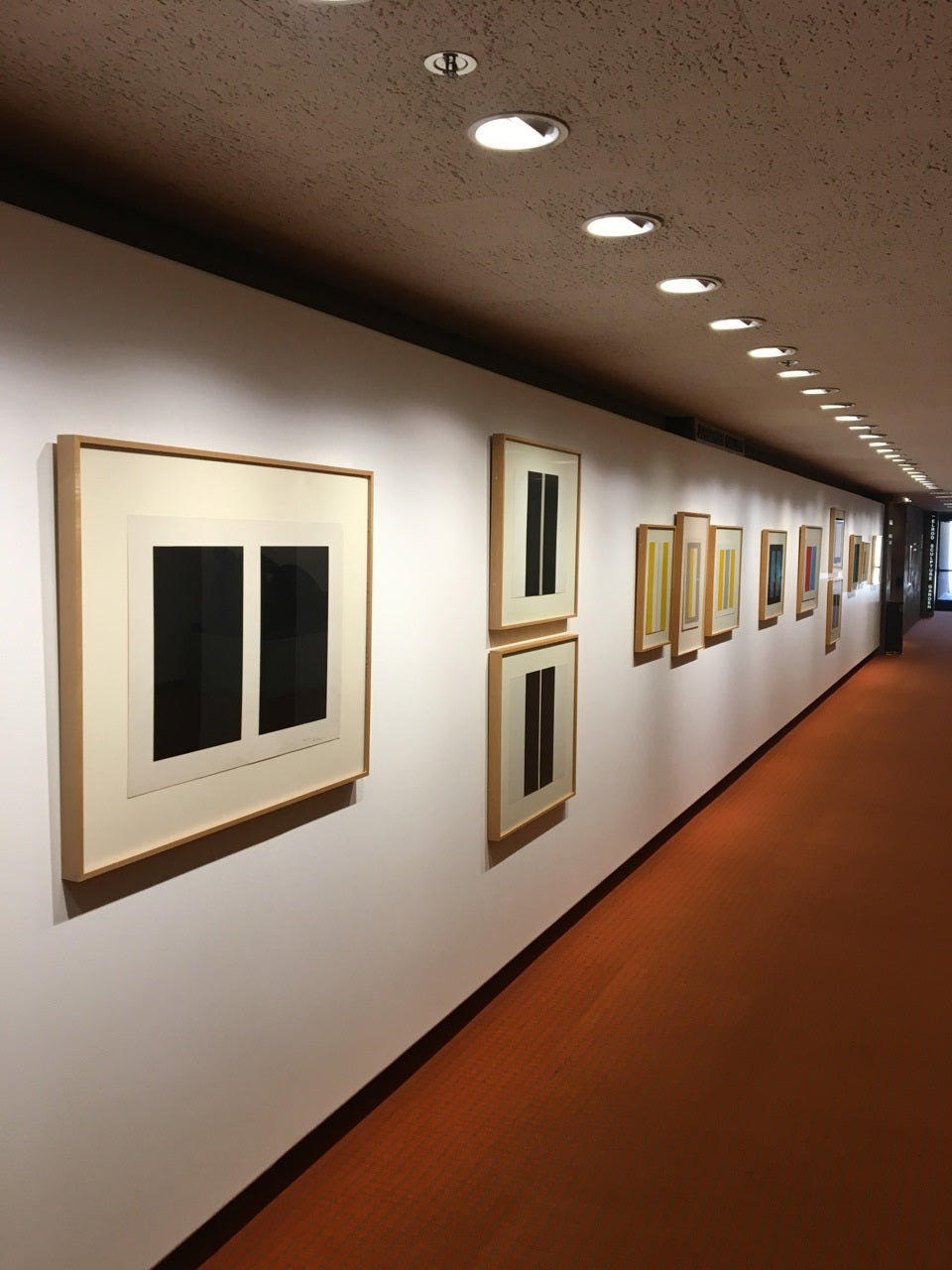

By Christian Franzen
I recently visited the Museum of Modern Art in New York City to see the Robert Rauschenberg retrospective “Among Friends”. This huge retrospective boasts over 250 works from the artist that take up an entire floor of the museum. The focus of show is to highlight Rauschenberg’s constant collaboration with other artists and his willingness to work across all forms of medium. Walking through the show I was surprised at the amount of cross disciplinary works spanning across all the different periods of the artist's career. They really have everything from paintings, combines, video, sound, clothing. The whole shabang. I walked through twice because it had so much work and I didn’t want to miss anything. If you find yourself in New York anytime soon I would highly encourage stopping by to see the show. In addition to being loaded with famous pieces you see in all the books, the exhibit covers a fascinating time in art history and a crucial turning point in American Art.

By Christian Franzen
This last week I visited the Los Angeles County Museum of Contemporary Art to see the Kerry James Marshall retrospective. Marshall was born in Birmingham, Alabama in 1955. Soon after he was born his family made the move to California. Growing up in Watts, Los Angeles throughout the 1960’s and 70’s; scenes of racial inequality, the black power movement, and civil unrest surrounded him throughout his childhood. These experiences became the main subject of Marshall’s unique mural sized paintings in an effort to confront racial stereotypes still existing in modern America.
The exhibit was truly amazing to experience. The paintings were even more impressive in person than I could have ever imagines looking at images of them in a book and the amount of work exhibited was beyond inspiring. I think the show contains over 80 paintings. The official title of the show is Mastery. This collection of Marshall’s work makes it crystal clear that he is a true modern master in the art of painting. I highly recommend it while it’s still up.
By Christian Franzen
Earlier this month I visited New York City with ten of my fellow CSULB painting BFA mates and our professor Tom Krumpak. Over the course of the trip we visited all the major museums and hundreds of galleries along the way. We were lucky enough to meet with 8 artists in their studios to discuss their work and how to make “being an artist” a doable thing in contemporary society. The trip was very eye opening to all the different possibilities the art world has to offer young artist. You just have to hustle. 
Here we see artist Benjamin Degen talking with us about his process and inspirations behind his paintings.
This is me in front of Willem de Kooning’s famous work, Attic, which is house at the MET. Was great to see this painting in person. It has always been one of my favorites and seeing it up close really lended to the overall worked appeal that it possesses.
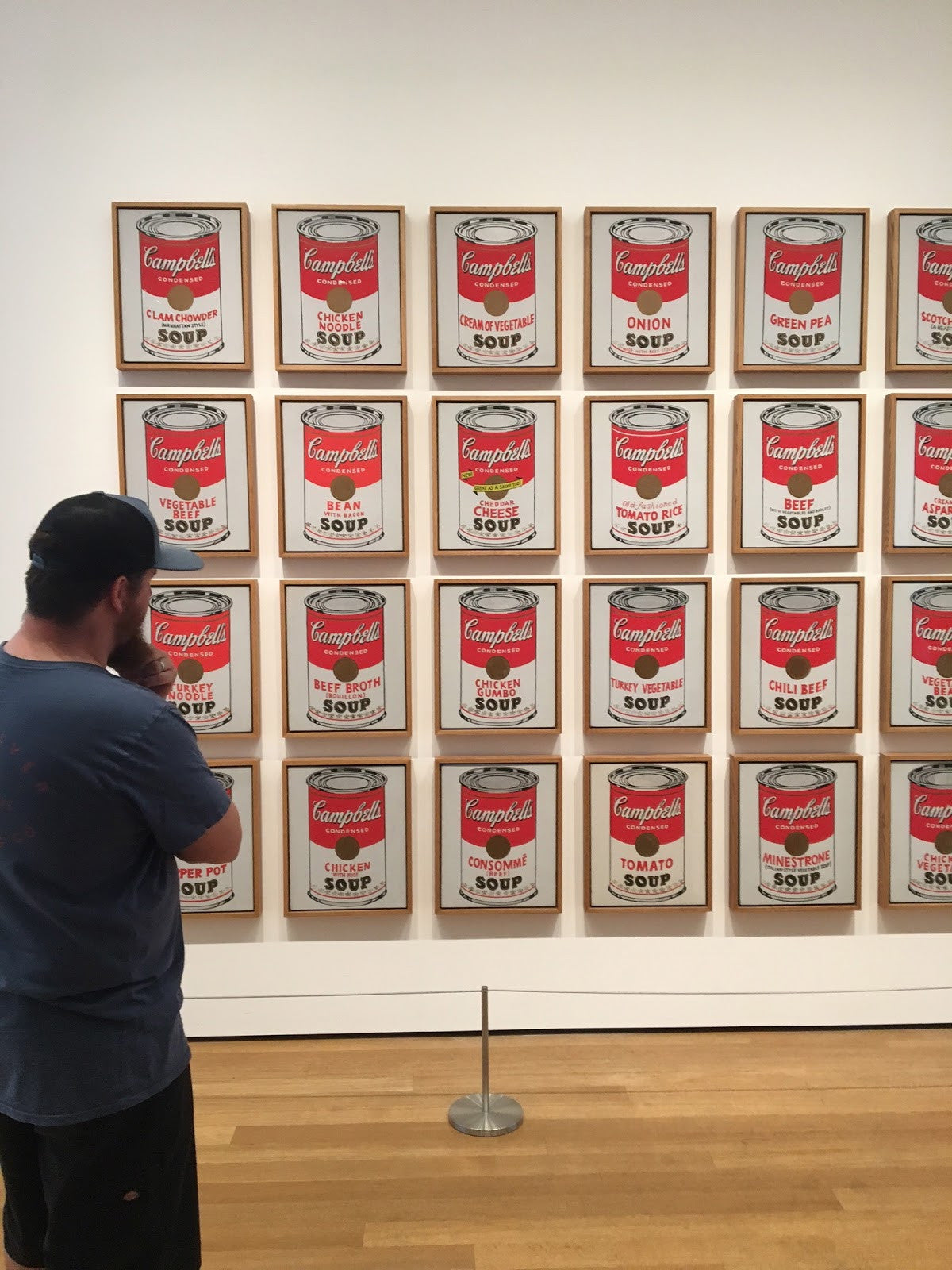
My friend and great painter Andrew Hansen admiring some famous soup cans at the Musuem of Modern Art.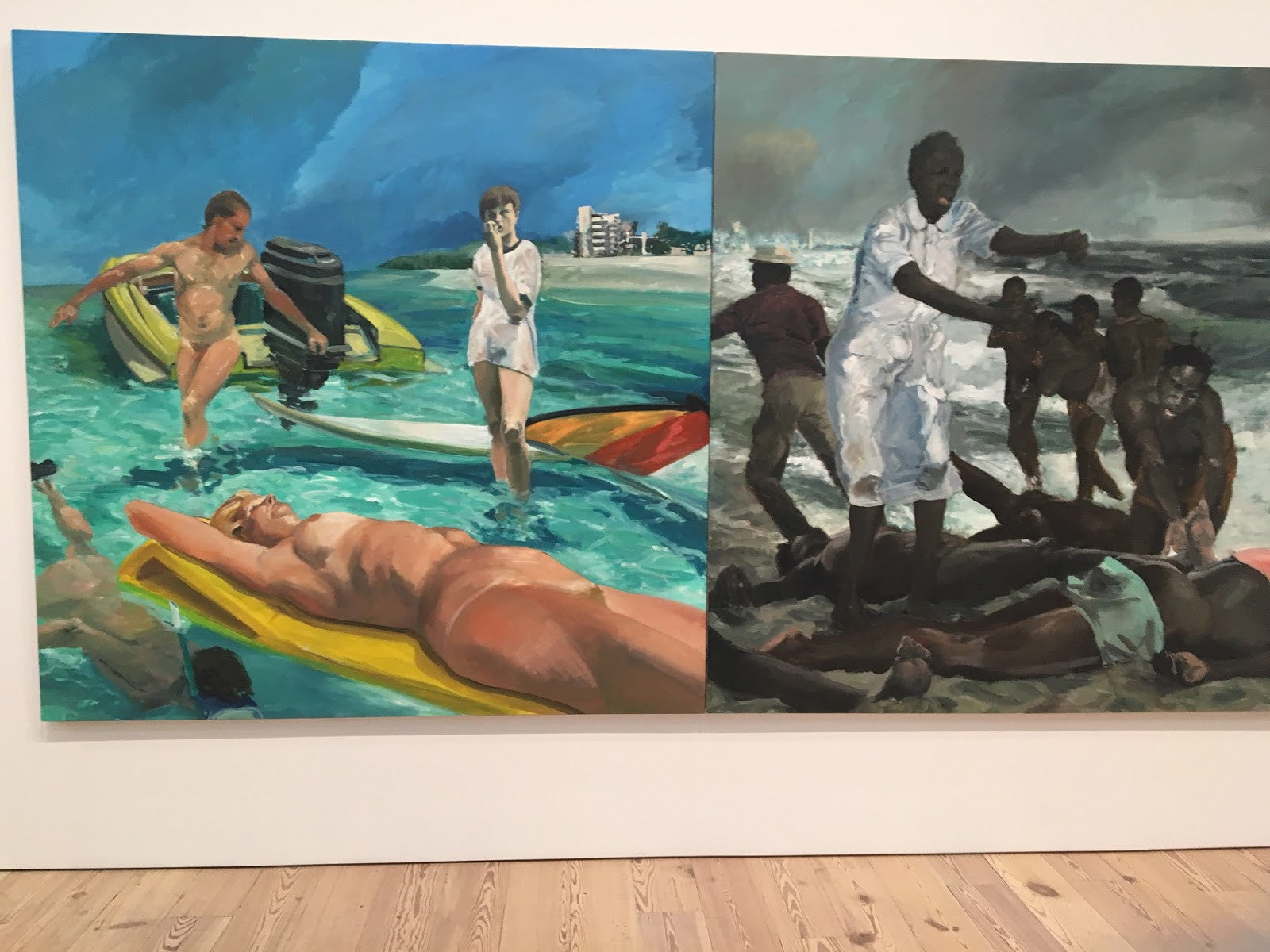
Lastly, here is a great painting by Eric Fischl that they had up for the Whitney Museum's Painting From the 1980’s show. A massive painting depicting two desticitivley different scenarios on the Florida coast and seems to be just as relevant today as when it was painted.
Overall it was a fantastic experience and I can’t wait to make my way back to the city.

By Christian Franzen
John McLaughlin was a highly influential abstract artist in postwar American art scene. His paintings stream from the Japanese concept of the void and things unknown. Working primarily in Southern California, McLaughlin’s hard edge forms and subject matter laid the footwork for the future Los Angeles based Light and Space movement. This spring, the Los Angeles County Museum of Art hosted a solo exhibition of McLaughlin’s work titled, Total Abstraction. Containing fifty-two his paintings, the exhibition strives to indicate McLaughlin’s leading role in the painting worlds search to achieve total abstraction.
At the Los Angeles County Museum of Art, Total Abstraction commanded nearly the entire top floor of the Broad Building. The larger area allowed all the works lots of breathing room from one another. In my opinion, this was one of the shows main strengths because it enabled viewers a greater personal experience with each individual piece. I also enjoyed the placement of chairs throughout the exhibition so that someone might sit down to spend an even longer time engaging with the paintings. As a whole, all of the paintings in the show had a feeling of unity. The works were further divided into groups by division of the rooms in the building; being grouped by similarities in structure and color.
McLaughlin’s paintings are all very geometrically structured. They are made up of hard edge rectangles and squares that seem to have no correlation with anything but themselves. Both shapes are often mimicked throughout the paintings, but vary in scale. The simple structure in these paintings creates an interesting viewing effect. It establishes a reassuring sense of stability for the viewer. Allowing a slower, focused, and more earnest examination of each painting. In some of the works, the structure McLaughlin assembles through scale shifts seems to create depth of space. The illusion of space through scale shifts juxtaposed with McLaughlin’s flatness of form initiates an interesting conversation between the viewers optic sense and the flat plain of the canvas; which for me, is the most engaging aspect of McLaughlin’s work.
During my investigation of the show, I became increasingly enthralled with McLaughlin’s use of muted colors. These colors do not blatantly scream Los Angeles. They are not reminiscent of the city’s bustle. I found familiarity in these colors with my experiences of daily life in a small California beach town. McLaughlin’s choice to isolate himself from Los Angeles and work solely in Dana Point California can be heavily felt in his work. Everything in these works feels intentional. The subdued colors paired with the minimal structure creates a self contained existence behind the work. The painting relies on nothing but itself to function, which is a key concept in achieving total abstraction.
My only criticism to the Los Angeles County Museum of Contemporary Art in regards to the Total Abstraction exhibition is that they did not let me get close enough to the paintings. Besides that minute complaint, I thought that it was a beautiful executed exhibition of McLaughlin’s work. Looking at the show in it entirety really declares McLaughlin’s work as a leader in total abstraction amidst the painting world in the mid 20th century.
By Christian Franzen
John Englehart was an important 19th century West Coast landscape painter. Born and raised in Chicago, he possessed a romanticized love of the American West since childhood. In the 1880s, Englehart moved to Northern California to paint the grand landscapes of the West. He maintained a studio in San Francisco but constantly took trips to Yosemite and other scenic Northern California locations.
Englehart found success in landscape painting, but was never looked at as a great landscape artist by the canon of the time. Many landscape painters did not like Englehart’s approach to landscape painting because it was a realistic rather than an idealized depiction of what the artist saw in the landscape. This idea was contradictory to the times leading landscape style of the Hudson River School. Englehart’s dedication to realism made him an outsider in the circles of 19th century landscape painters, but was later looked upon for inspiration in later landscape movements. Englehart continued to work in California in his San Francisco studio until his death in 1915.

By Christian Franzen
Cornelius David Krieghoff was born in Amsterdam on June 19th, 1815. As a child, Krieghoff's father began to instruct him in drawing patterns and shapes so that he could participate in the family's wallpaper business. In his adolescent years he moved with his family to Germany. It is there where he began his formal artistic training at the Academy of Fine Arts in Germany.
In 1836, Krieghoff decided to move to America and settled in New York. He had a hard time making money as an artist so he enlisted in the United States Army. Consequently, Krieghoff spent the next three years fighting in the Indian Wars for the Westward expansion of the United States. While in the Army he found time to draw and paint; creating pieces that depicted the hard life of people living in the Western frontier.
After he was discharged, Krieghoff moved to Montreal, Canada. He became a painter of everyday rural Canadian life and was exhibited at the Salon de la Sociéte des Artists de Montréal. Ironically, he friended several groups of Native American peoples and they became popular subjects for him to paint. Throughout this period of time in the mid 19th century, Krieghoff was frequently traveling back and forth to Europe. When in Europe he would study master works at the various museums and engage in what art scene he could as an outside.
Krieghoff returned to the American continent for good in 1855, settling in Quebec. His paintings became very popular among the upper class as well as the blue collar people of Canada, so he began to sell a lot of work. Towards the end of his life , in 1868, Krieghoff moved to Chicago and retired from painting until his death in 1872.
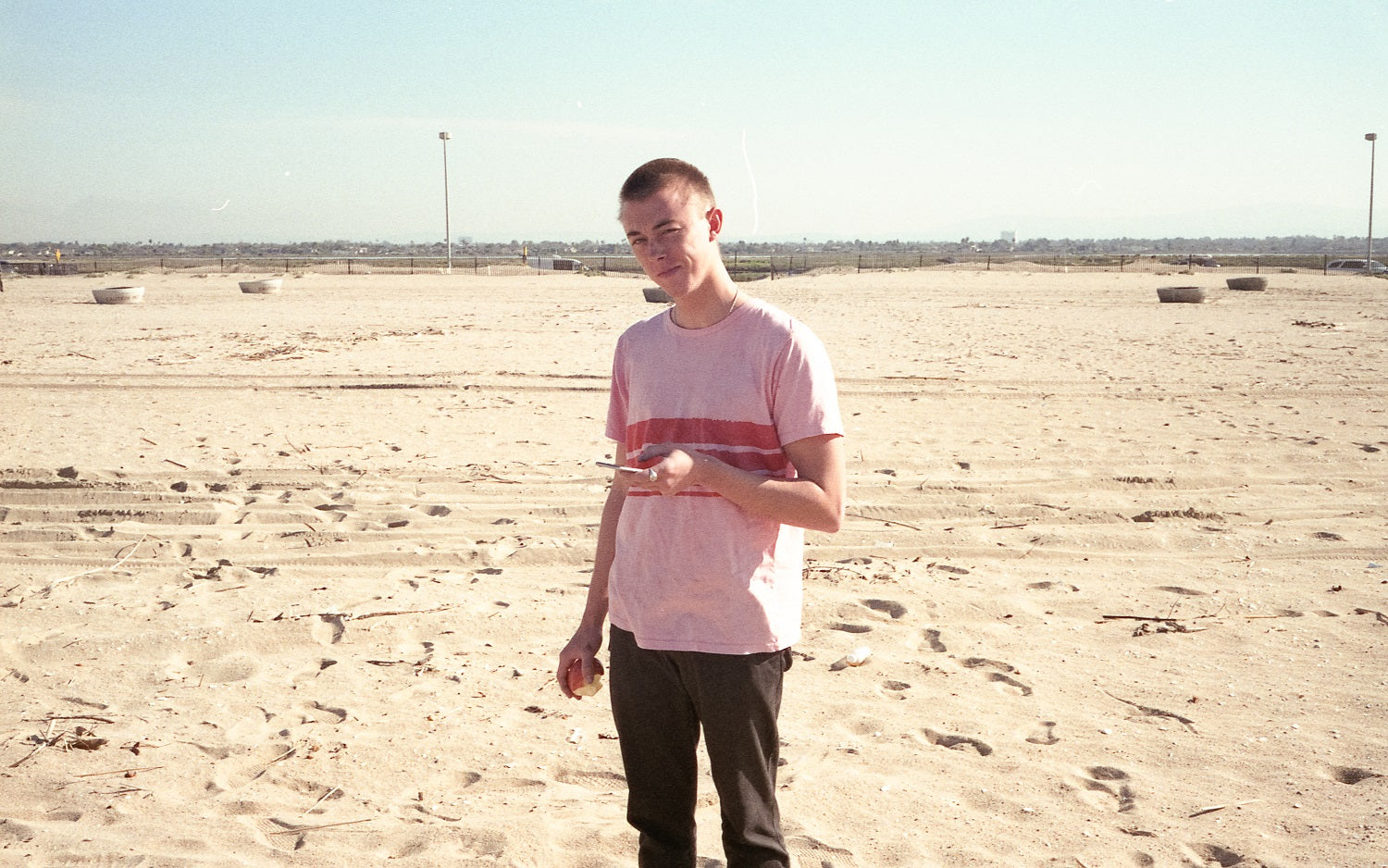





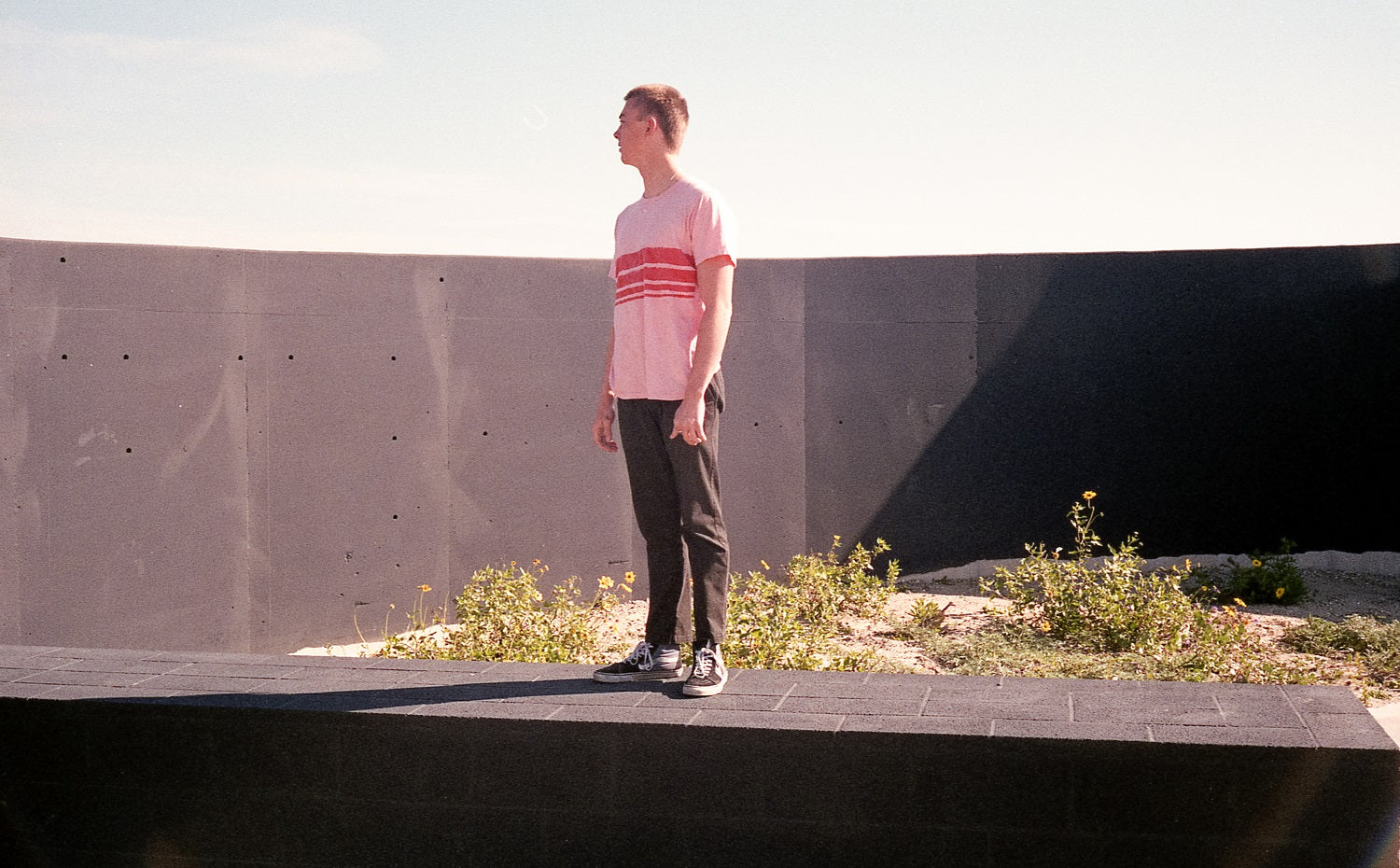

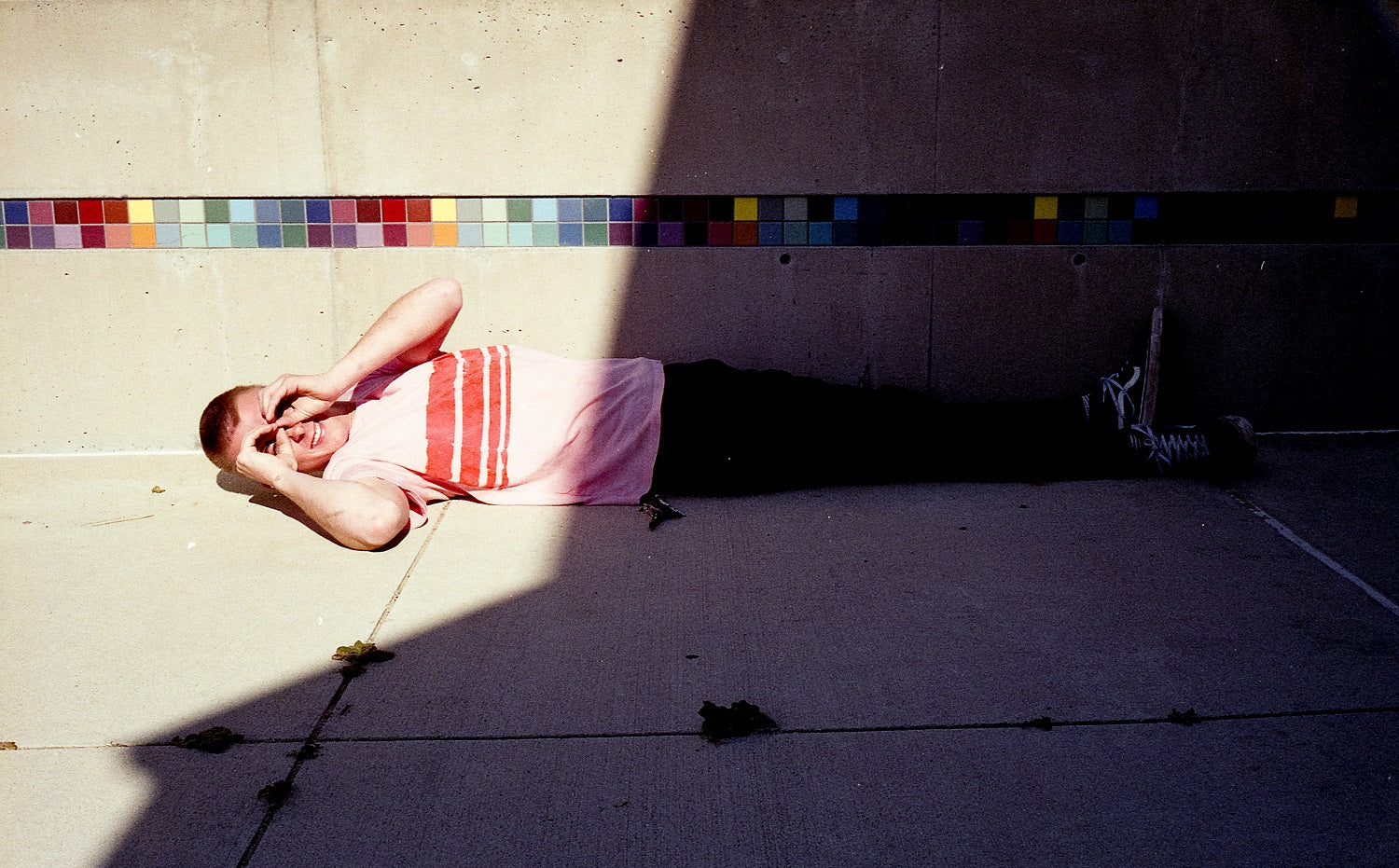 Photos Thomas Green
Photos Thomas Green

By Christian Franzen
Sir Godfrey Kneller was born in Lubeck located in the Holy Roman Empire in the year 1646. His father, Zacharias, was an established portrait painter and began to teach his son how to paint at a young age. Kneller began to show promise as a young portrait painter and in his later teens was taken by Rembrandt van Rijn as an apprentice. After the conclusion of his apprenticeship, Kneller and his brother took a grand tour of Europe. They studied the old master throughout Italy and eventually settled in England in 1676.
In England, Kneller became the main portrait painter for the Duke of Monmouth. While working for the Duke, Kneller met and painted a portrait of King Charles II. Kneller was swiftly appointed to Principal Painter to the King. Kneller spent his days painting portraits of the King and the members of his court. During this time he also painted many prominent philosophers including both John Locke and Isaac Newton.
The need for Kneller to produce numerous portraits at the same time in a speedy manor lead to the founding of his own portrait studio. In the studio several different artists worked on the same portrait from sketches they had done of the subject. Kneller and his assistants relied heavily on formulaic models of the human figure so that they did not require the subject to sit for the duration of the portrait. Kneller’s portraits were in high demand by the royal courts of Great Britain until his death in 1723.
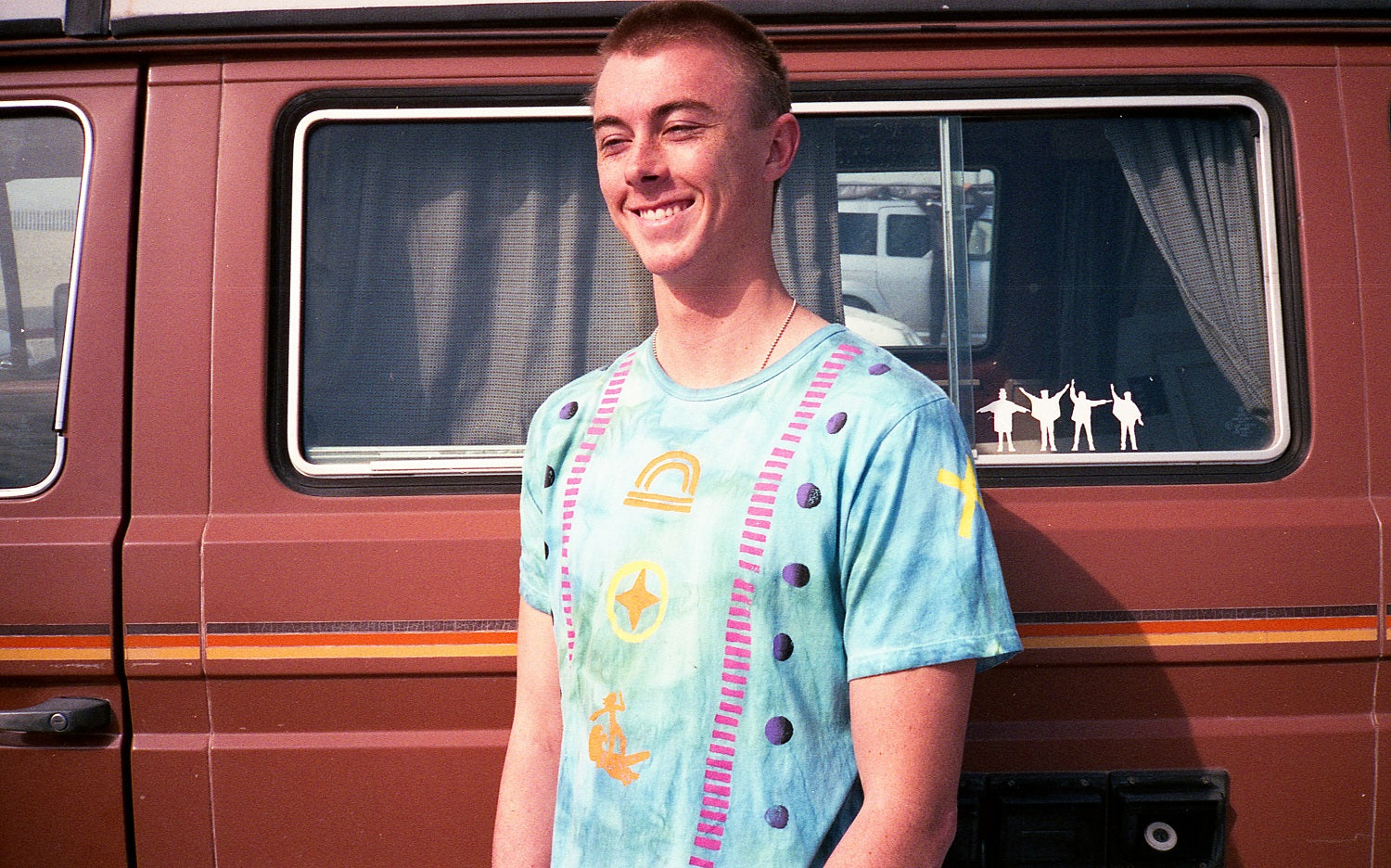
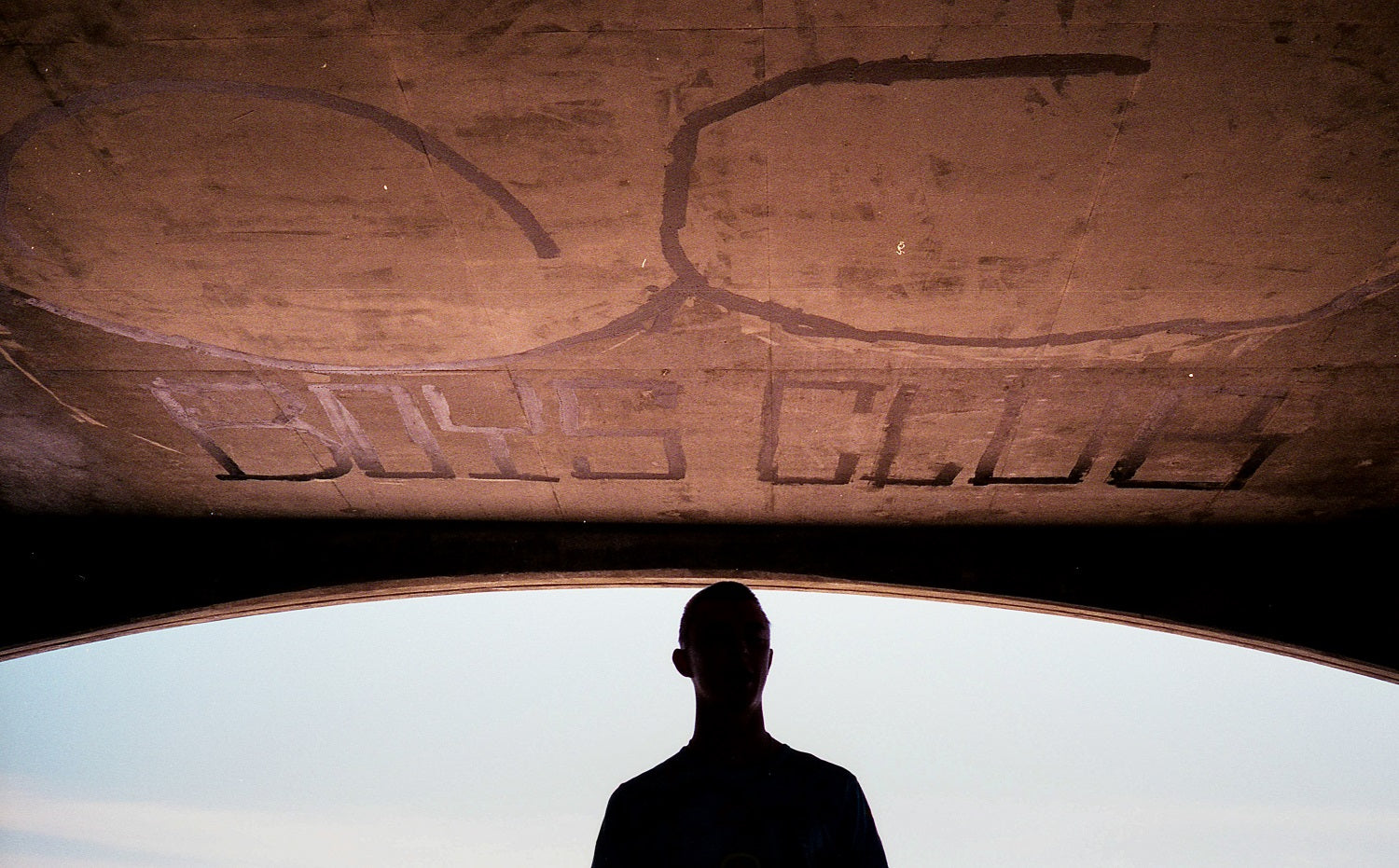

 Photos Thomas Green
Photos Thomas Green
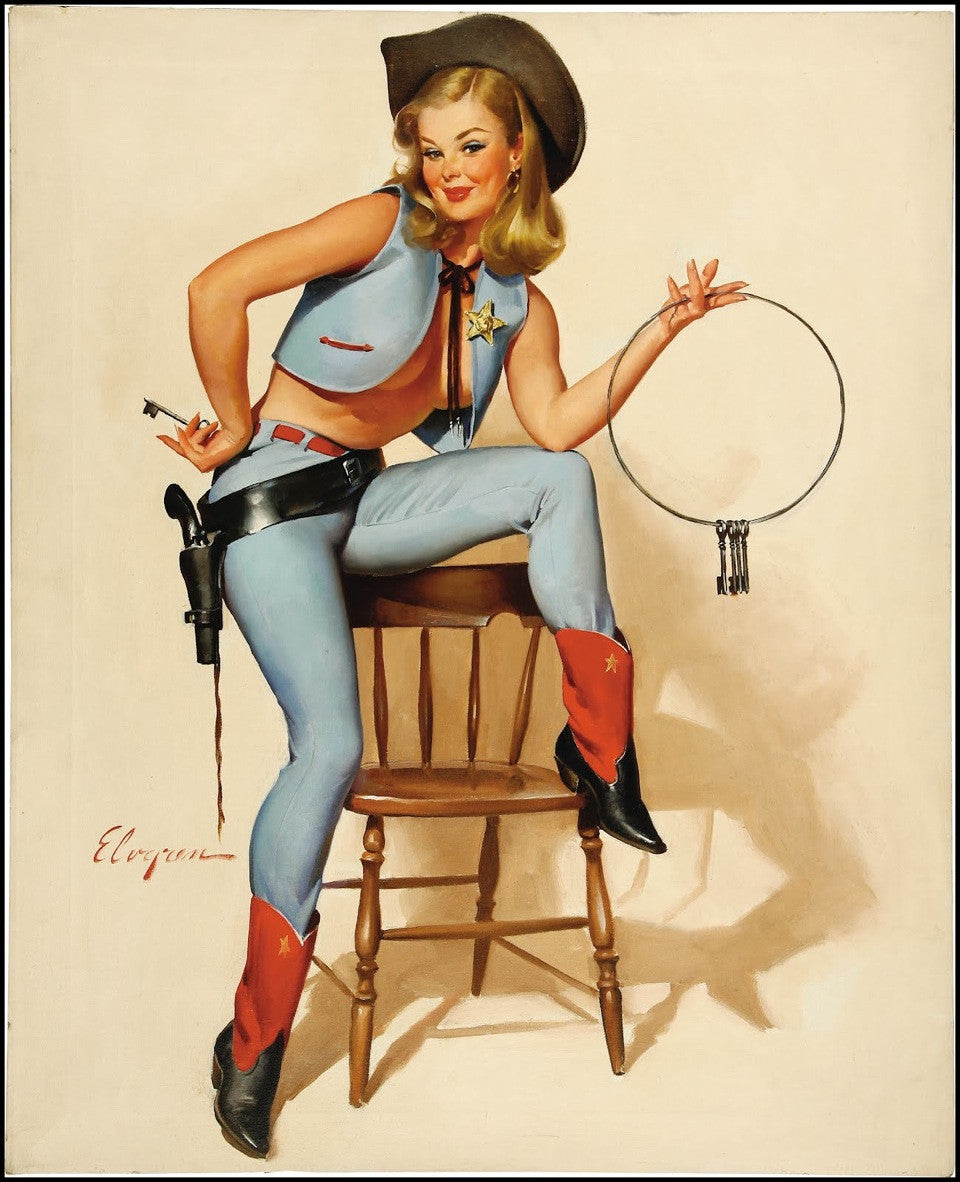
By Christian Franzen
Gil Elvgren was born on March 15th, 1914 in St. Paul, Minnesota. As a child, Elvgren loved advertisement illustrations found in magazines and storefronts. These illustrations inspired him to begin drawing at a young age. After high school he moved to Chicago to study at the American Academy of Art.
Graduating in the midst of the Great Depression, Elvgren was lucky enough to score a job at the respected advertising agency of Stevens and Gross. Within the agency, he worked under famous advertising artist Haddon Sundblom and developed a style of soft wholesome characters similar to that of his mentor.
In 1937, Elvgren was given a job illustrating pin-ups for the Louis F. Dow Company. These illustrations were to be used in a series of calendars that the company published. He produced over 60 pin-ups for the calendars. Elvgren became known throughout the industry for his pin-up illustrations and began to receive more contracts from various advertisers for his drawings.
During WWII, his illustrations were used by many United States troops to decorate their aircraft. This earned him a timeless place in Americana lovers hearts and consequently his work became very collectible.
For the remainder of his life he remained a successful illustrator who continually worked with the pin-up. He illustrated covers for many prestigious magazines such as The Saturday Evening Post and Good Housekeeping. He also continually contracted illustration jobs from Coca-Cola and General Electric until late in his life.

By Christian Franzen
Joyce Allan was born on April 8th,1896 in Sydney, Australia. Being one of eight children, Allan spent a majority of her childhood reading. She particularly liked to read scientific books and journals that described the marine life in Australia.

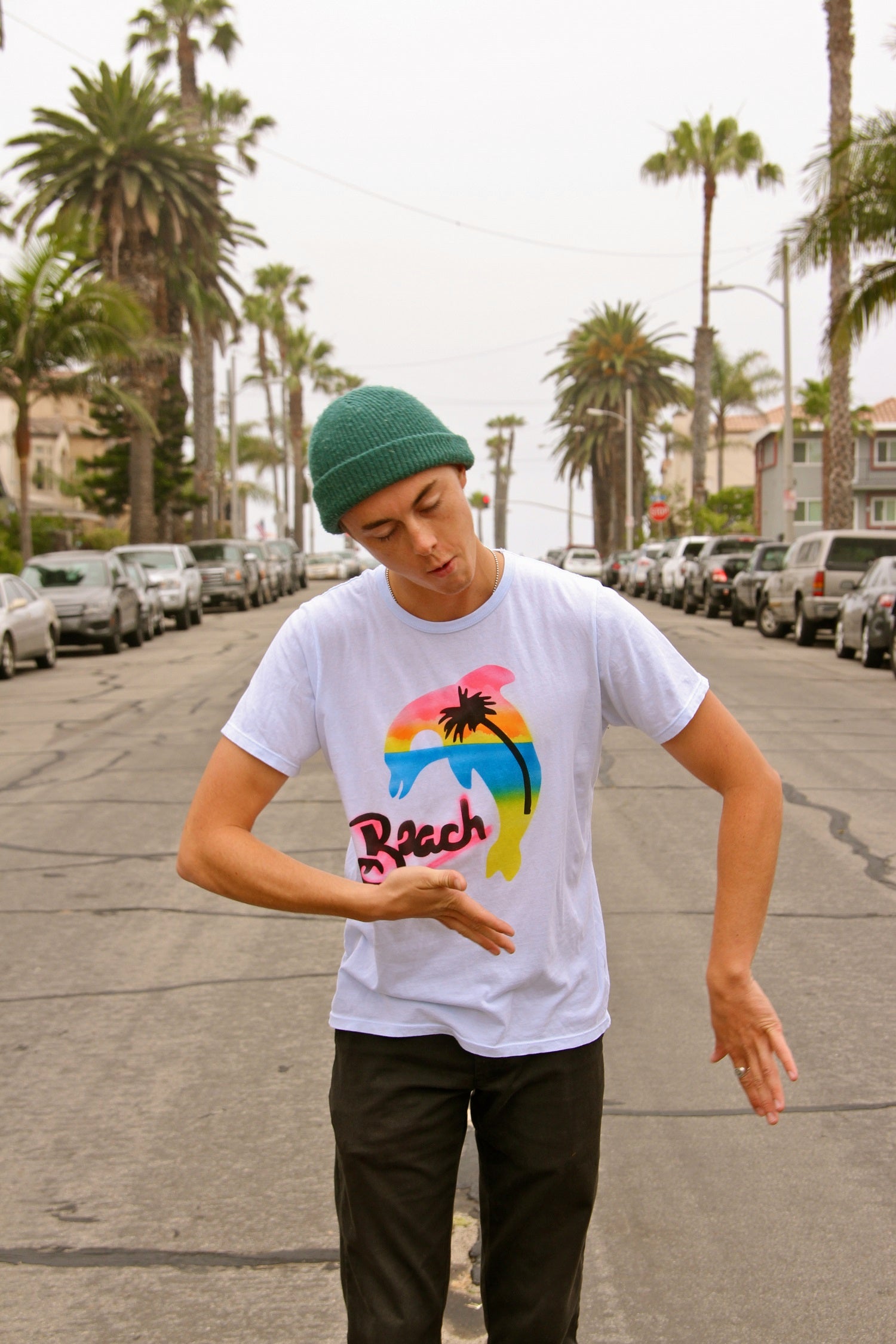



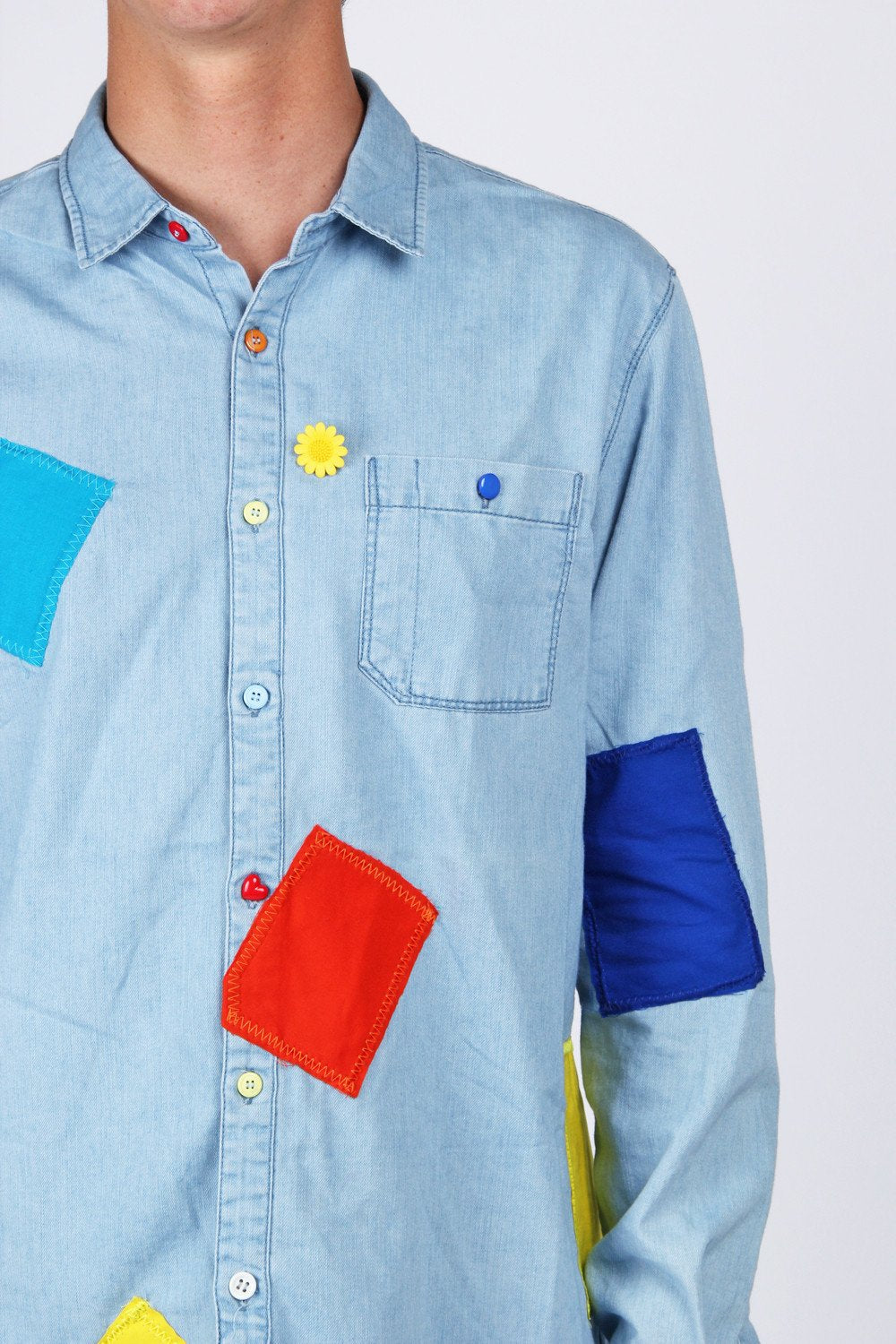
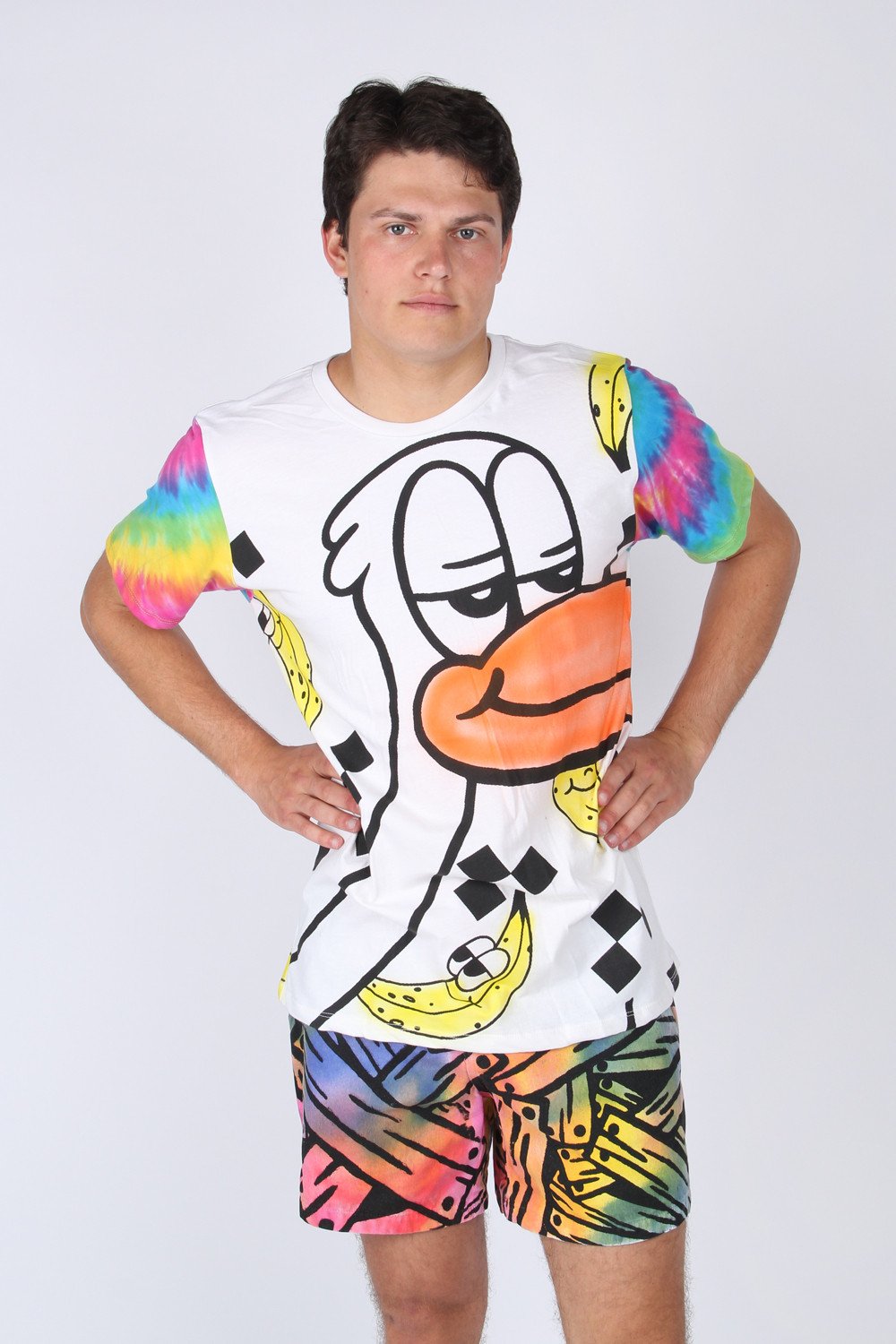


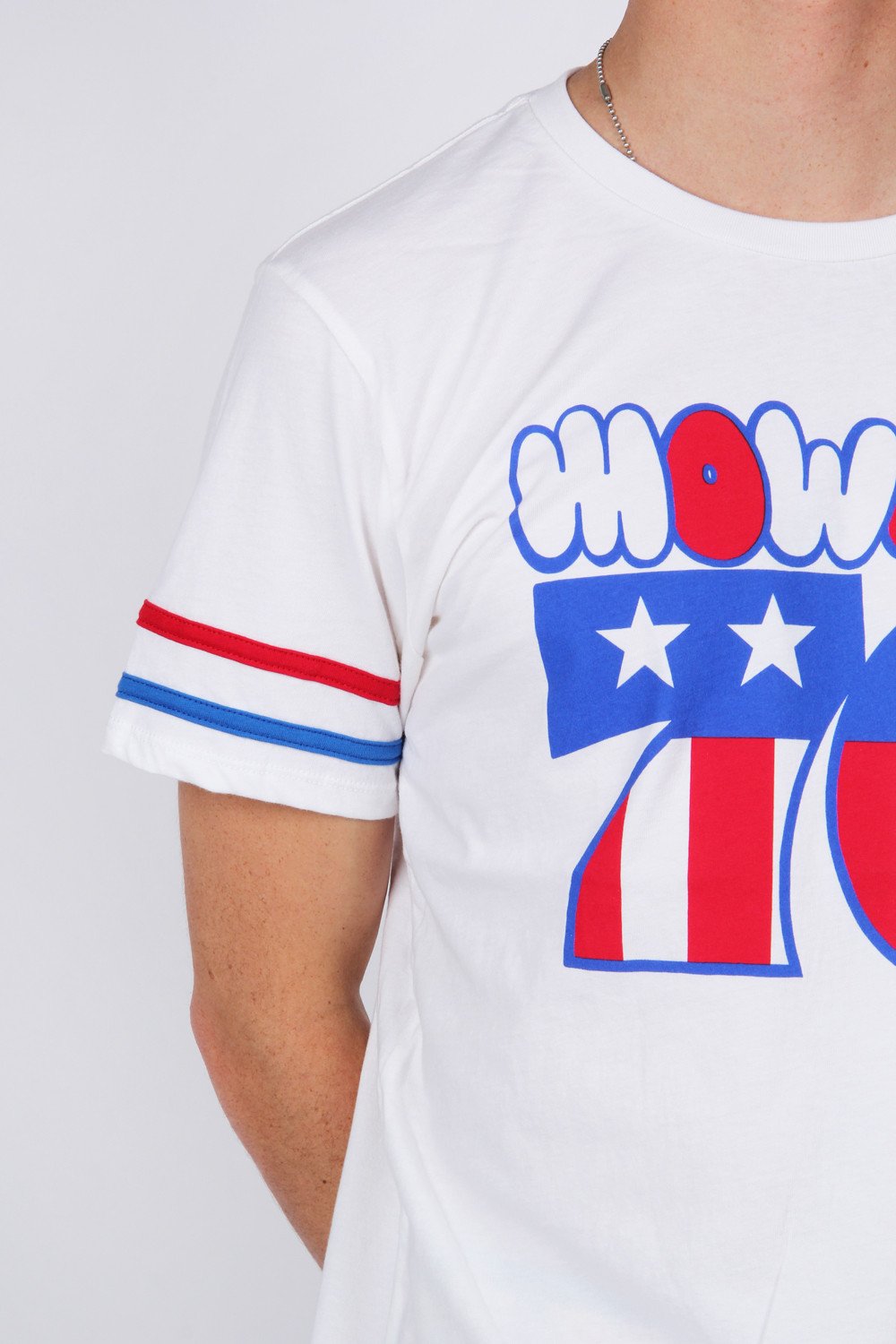






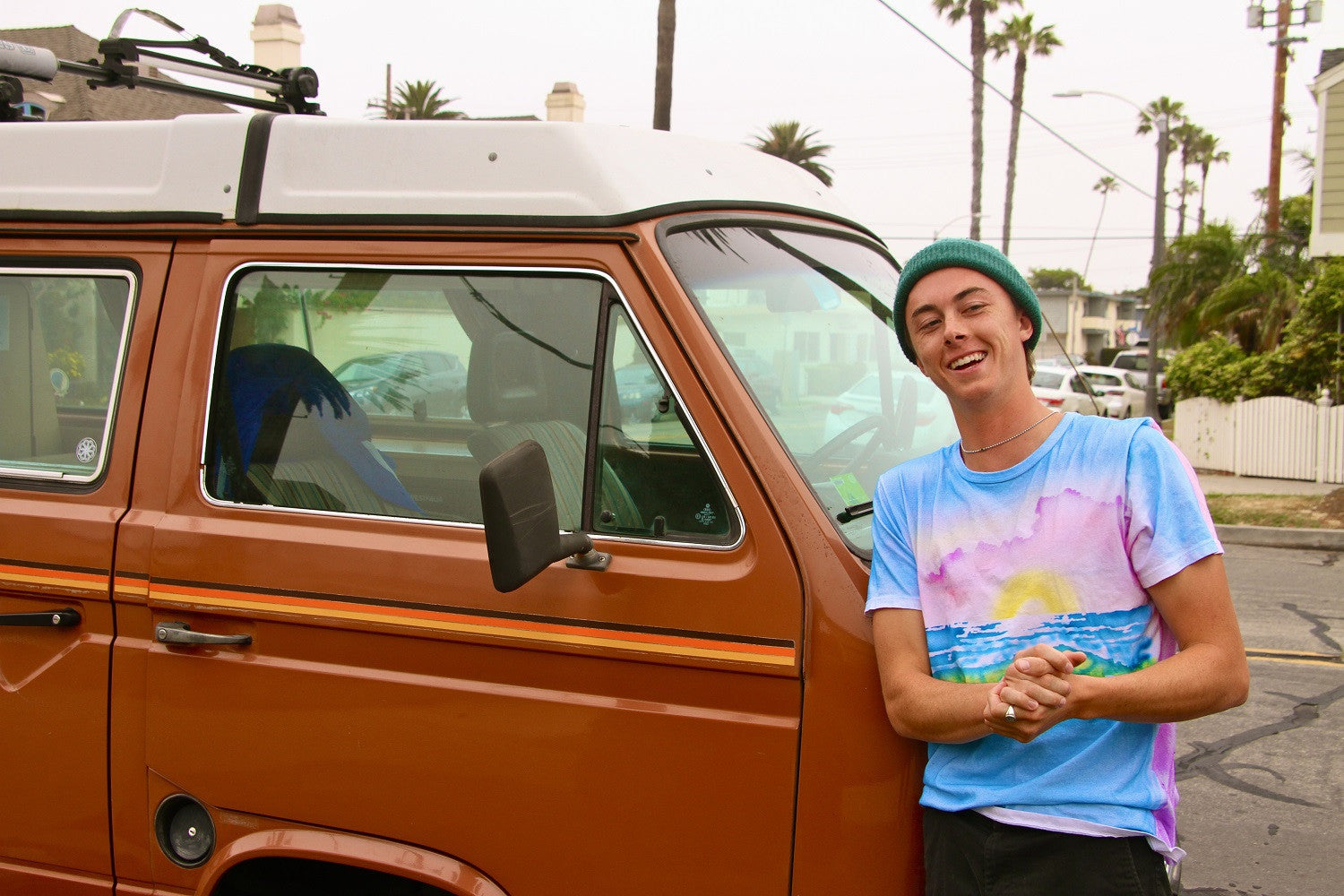 Photos Jessie Stopnik
Photos Jessie Stopnik

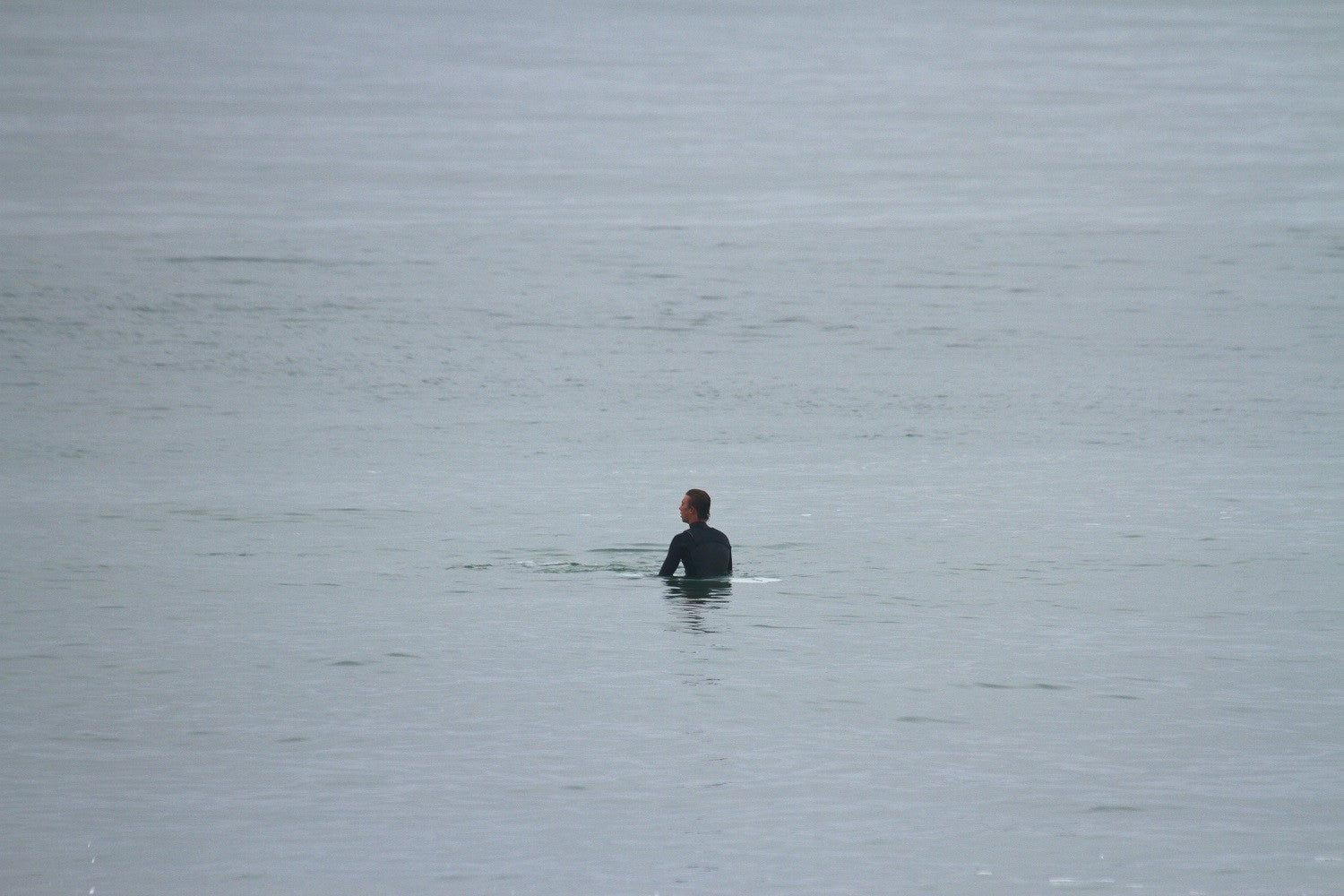




 Photos Jessie Stopnik
Photos Jessie Stopnik










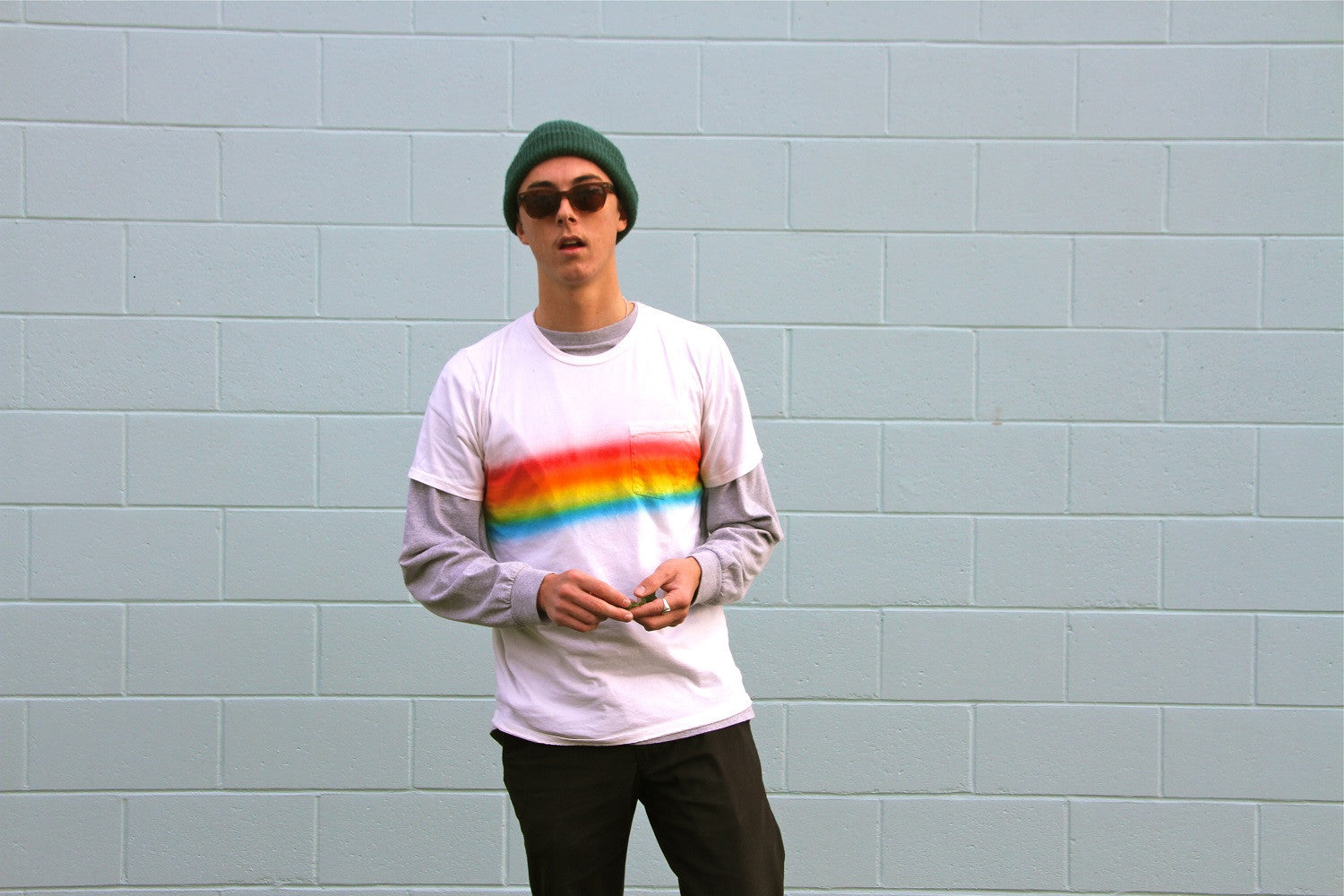 Photos Jessie Stopnik
Photos Jessie Stopnik
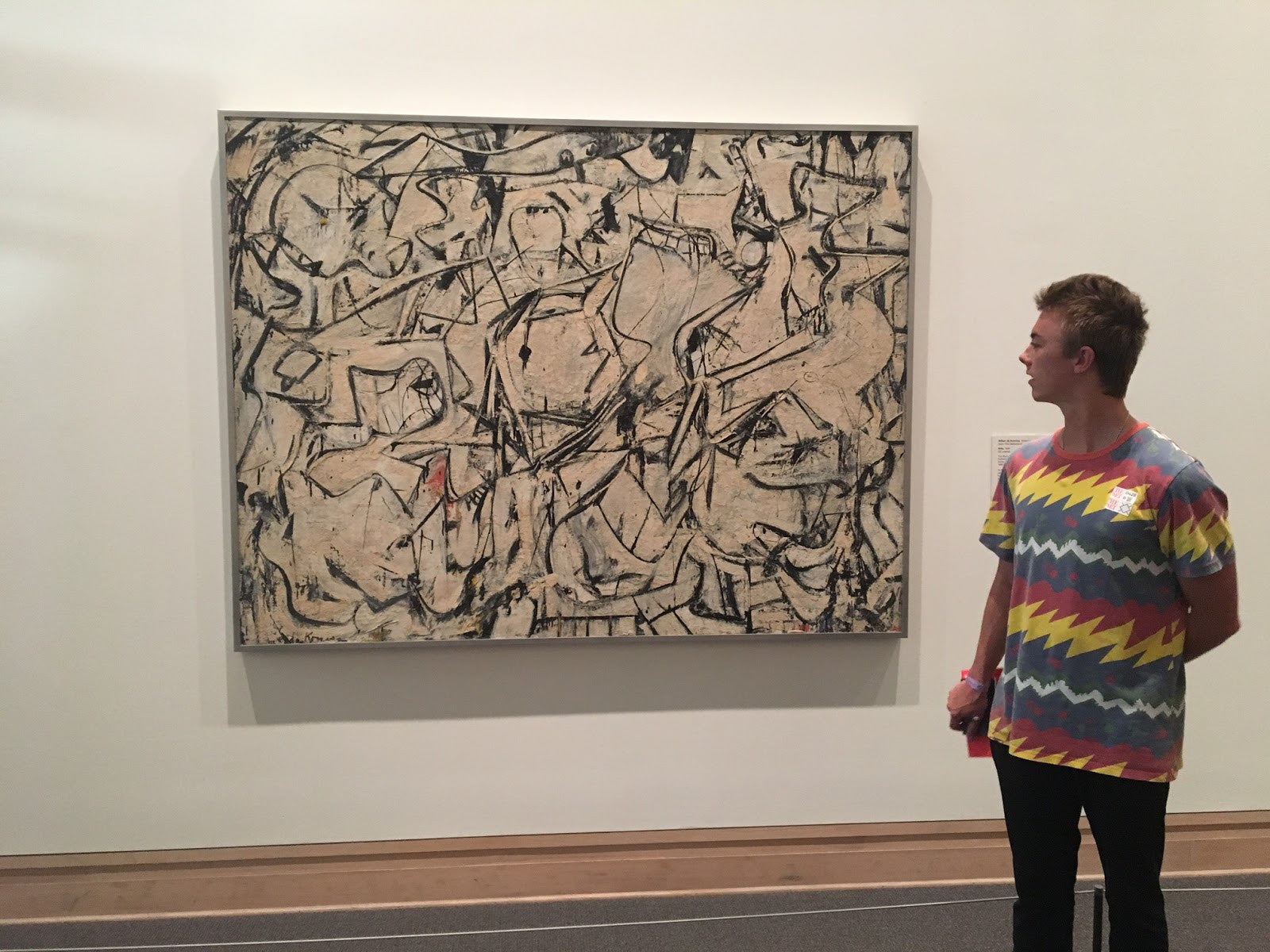




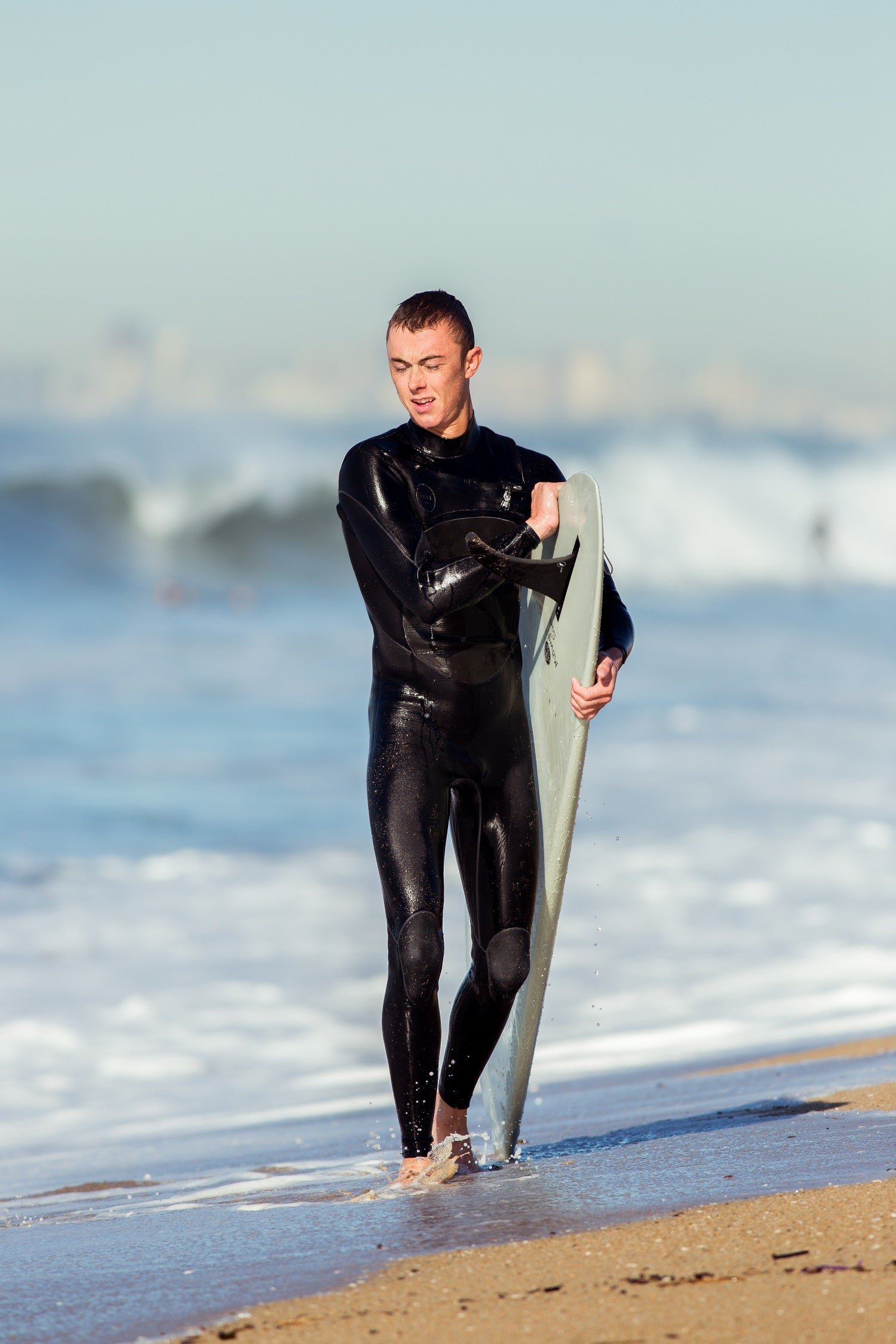





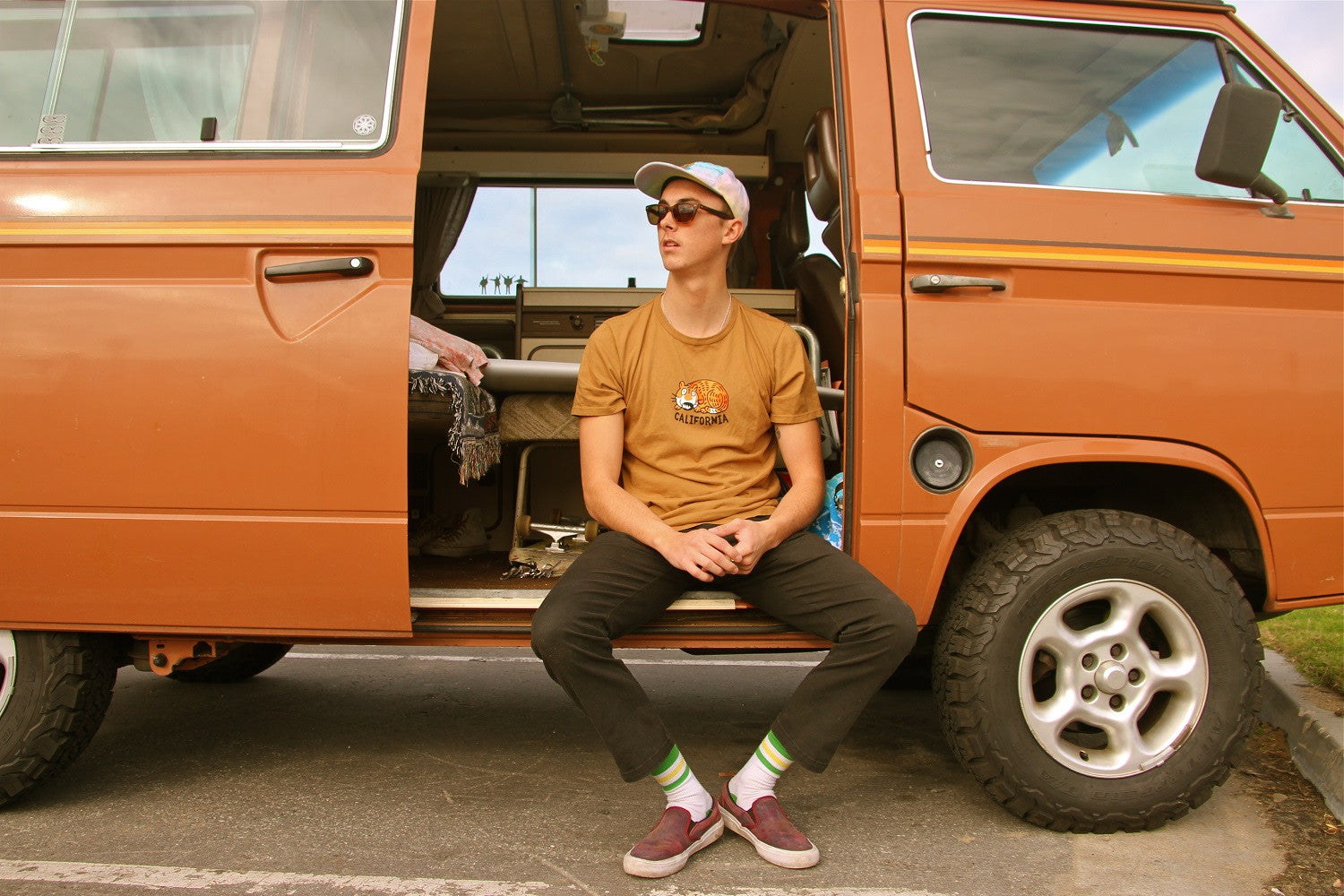

 Photos Jessie Stopnik
Photos Jessie Stopnik